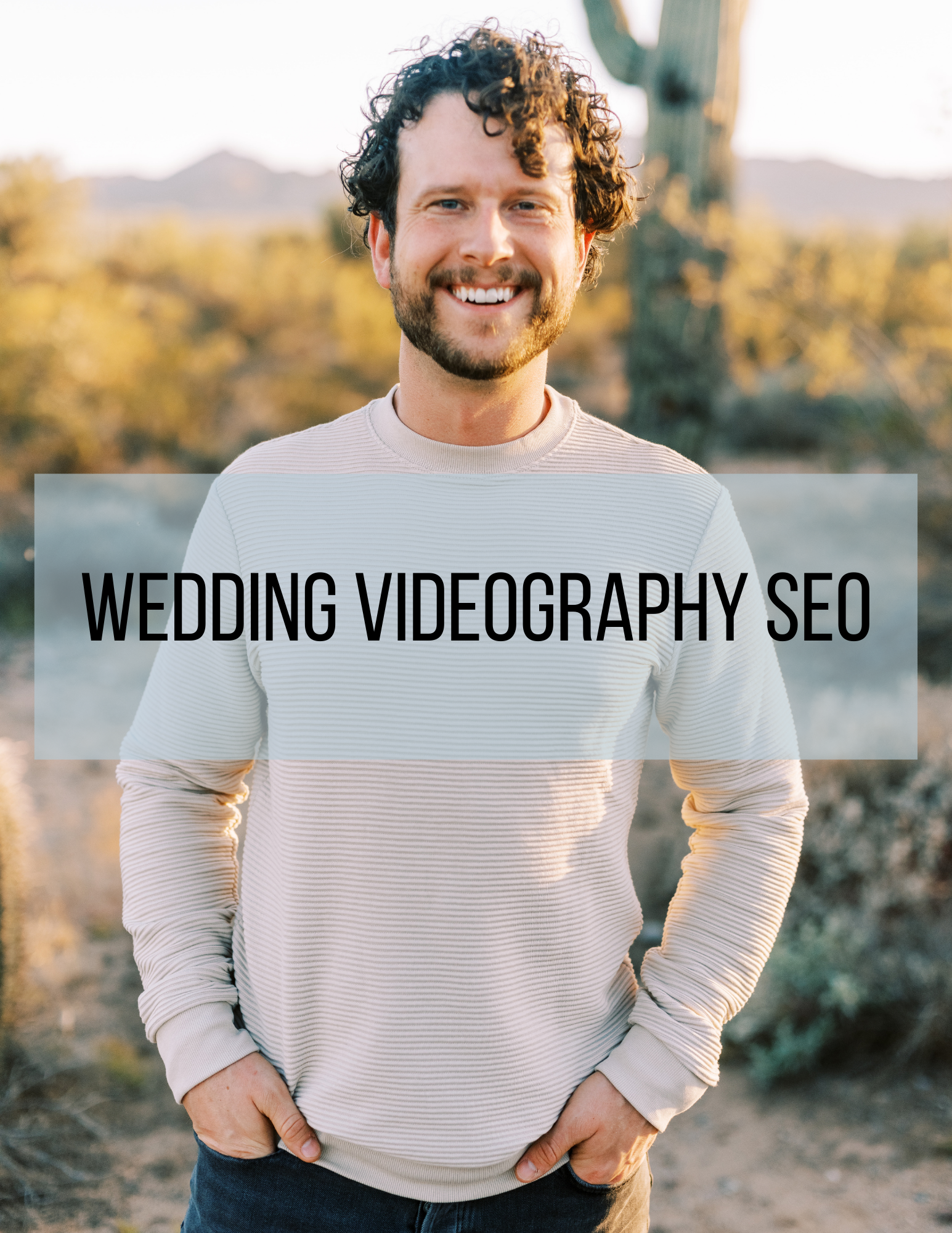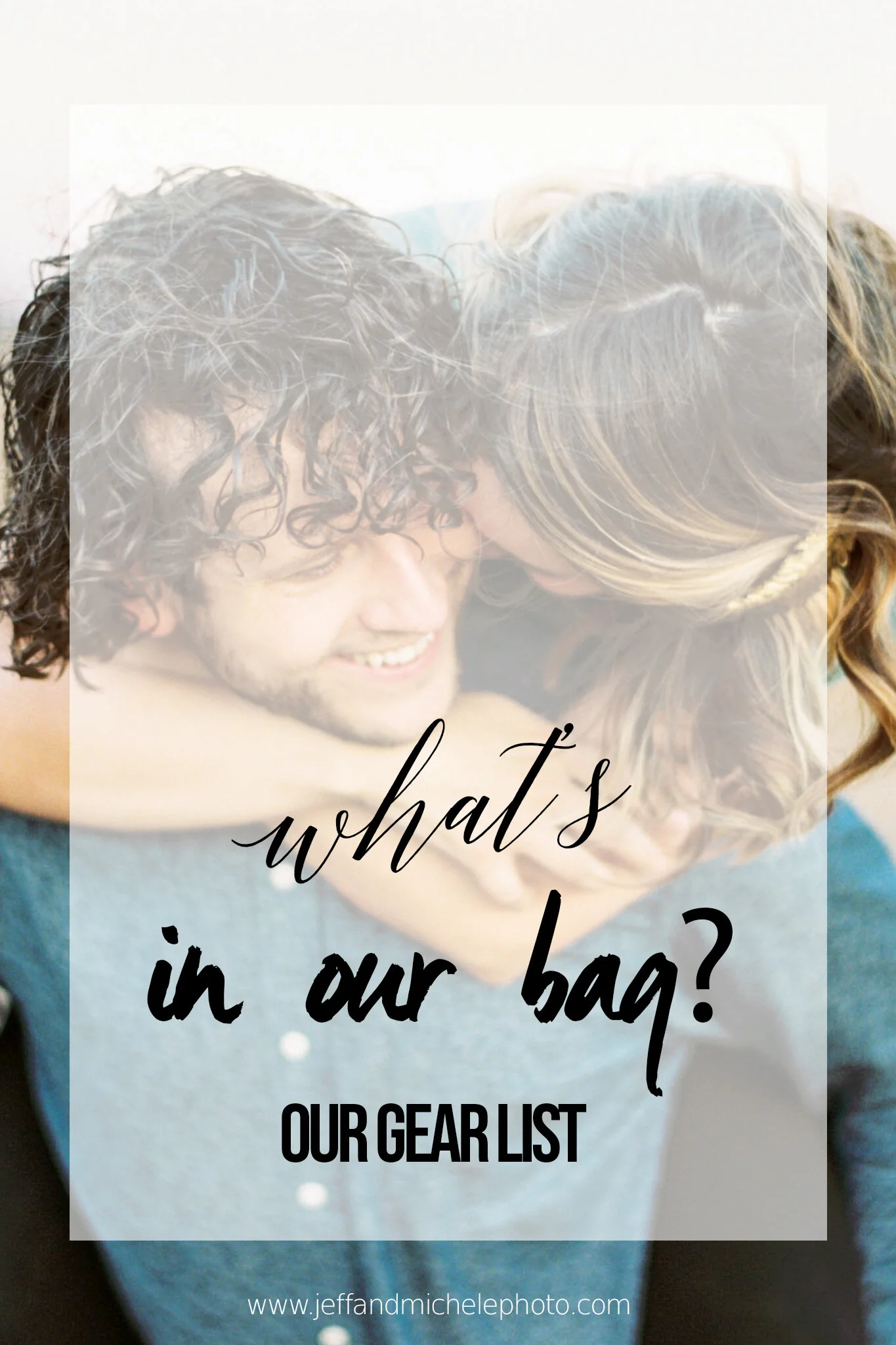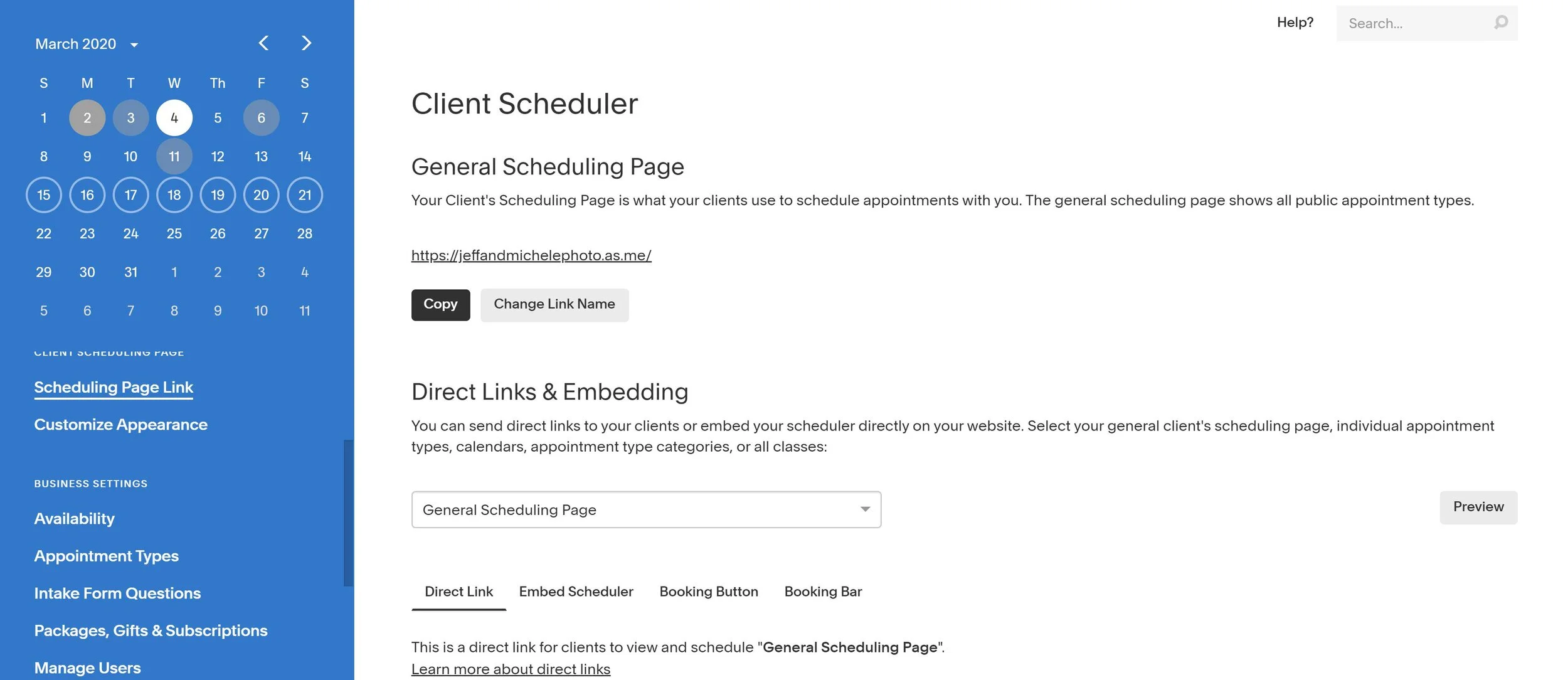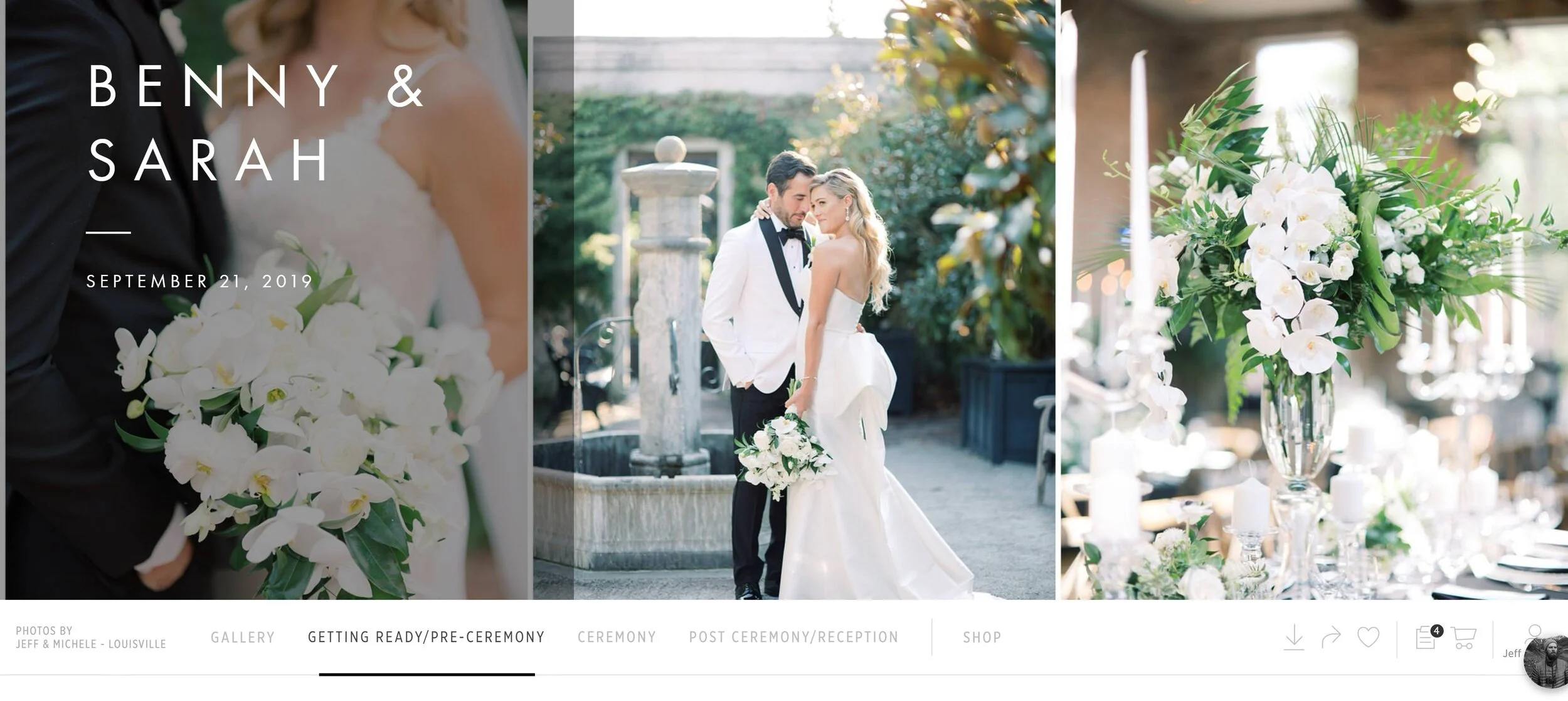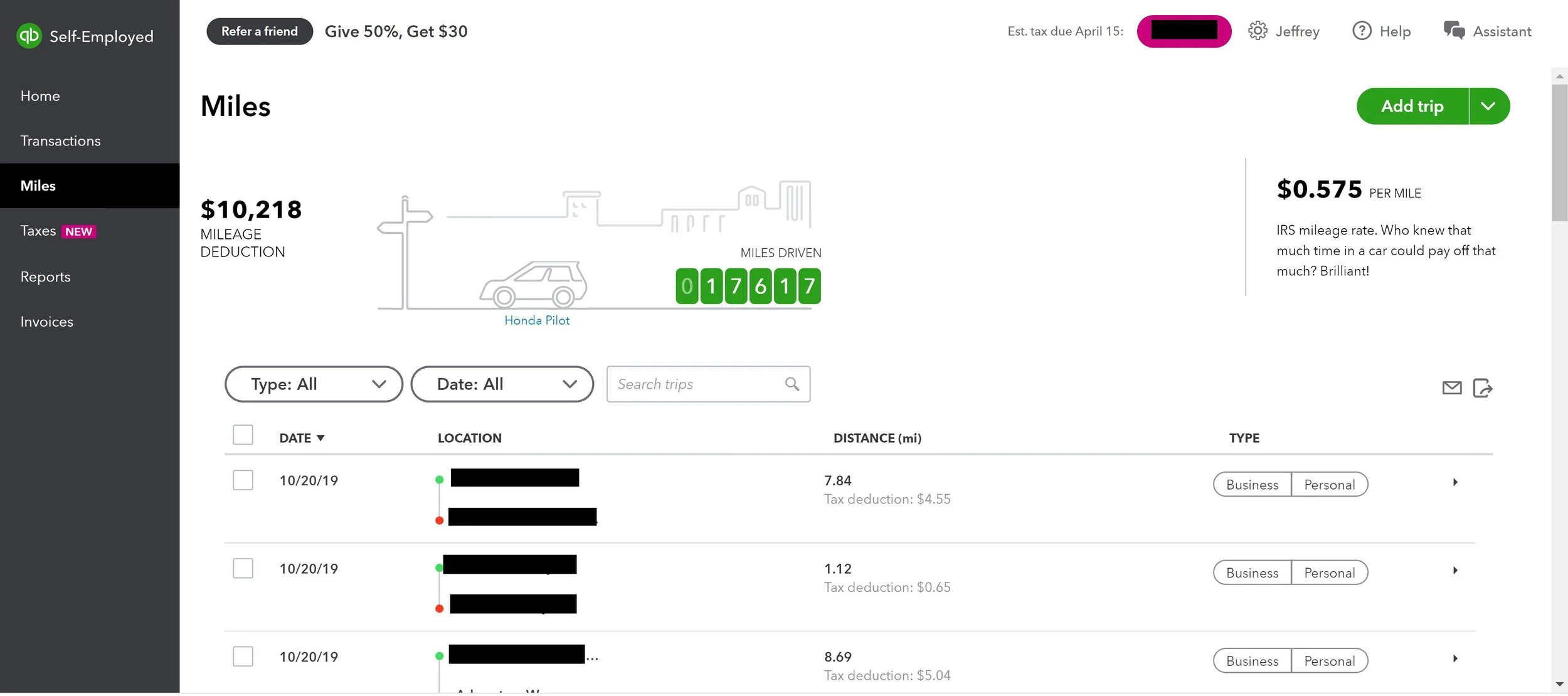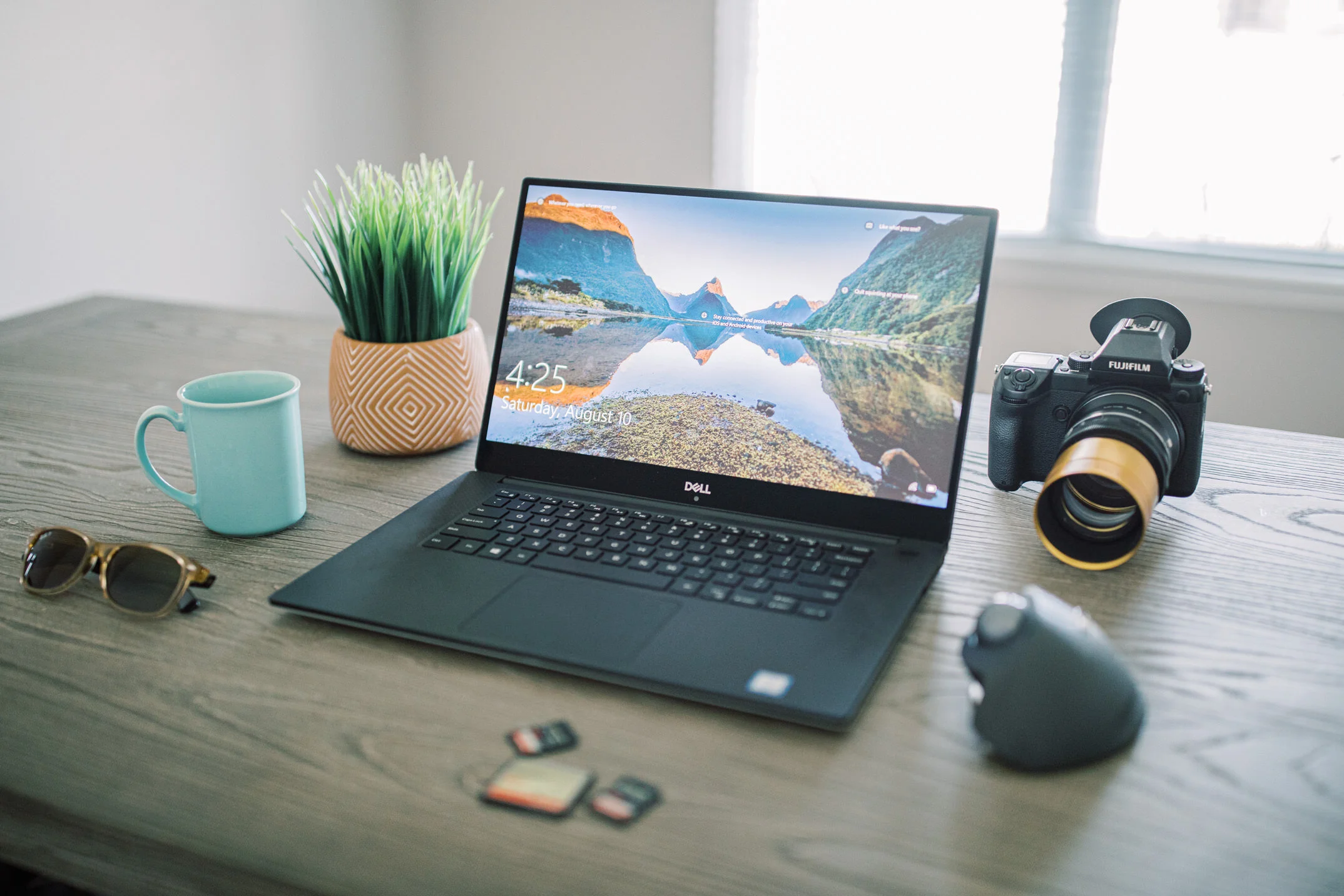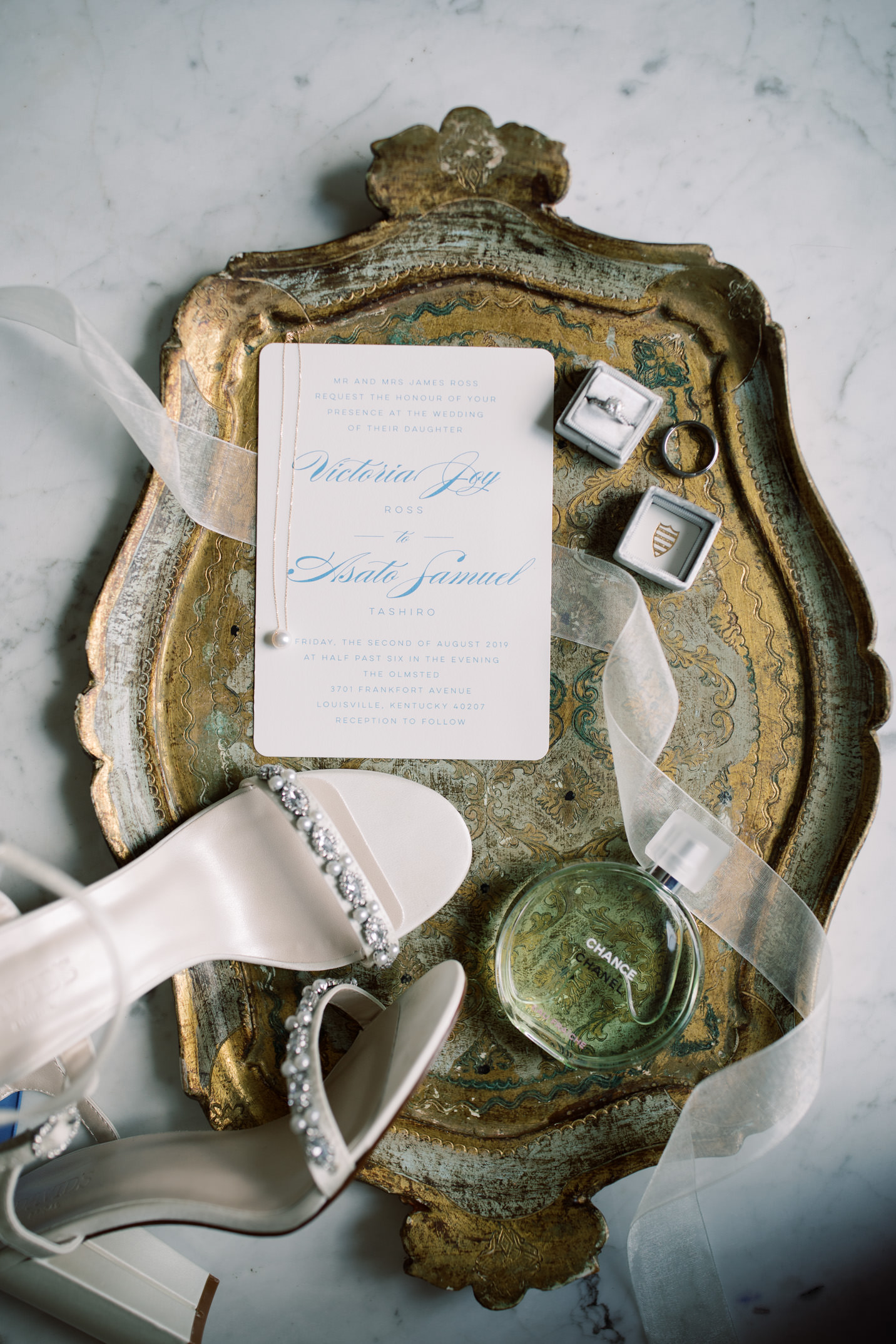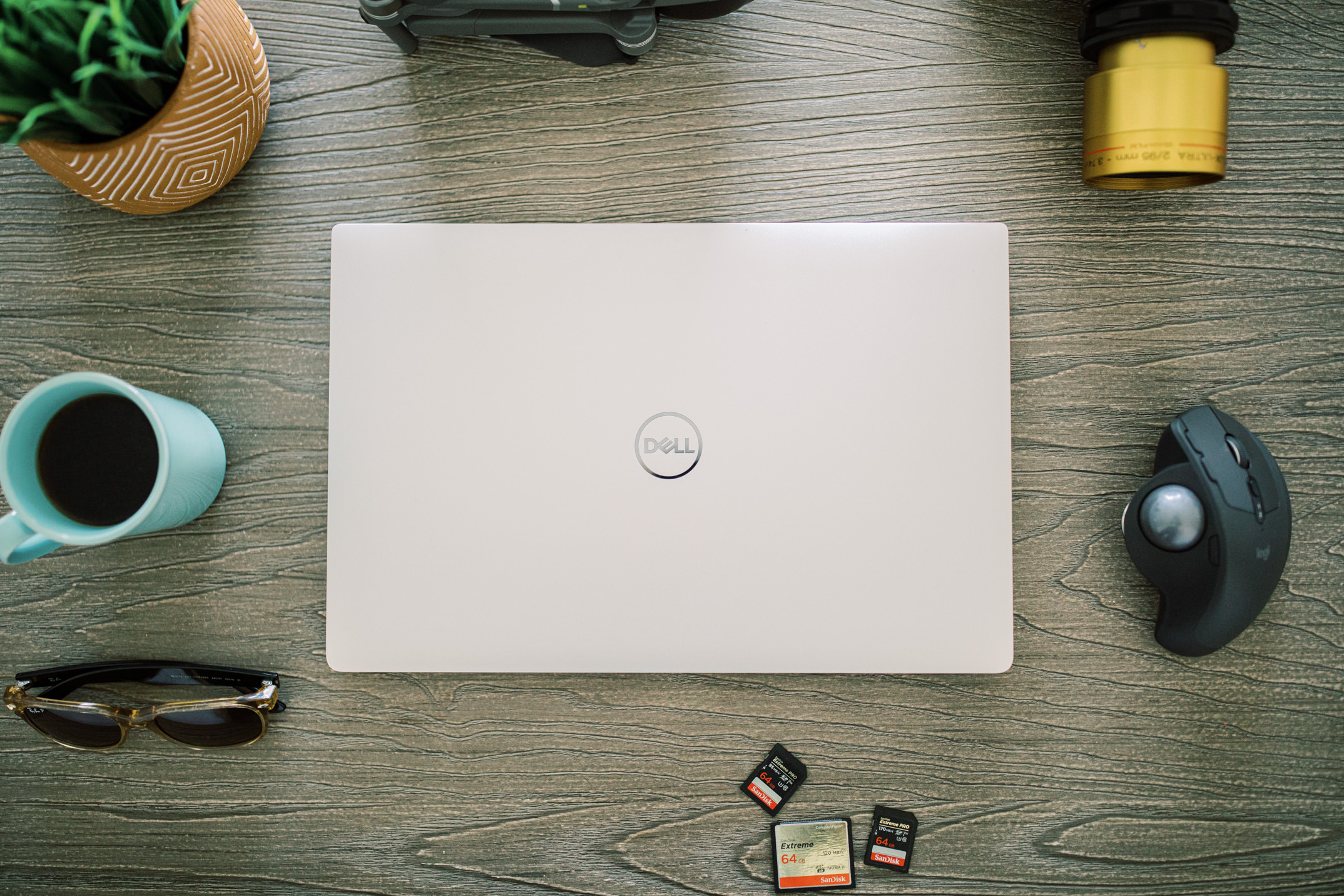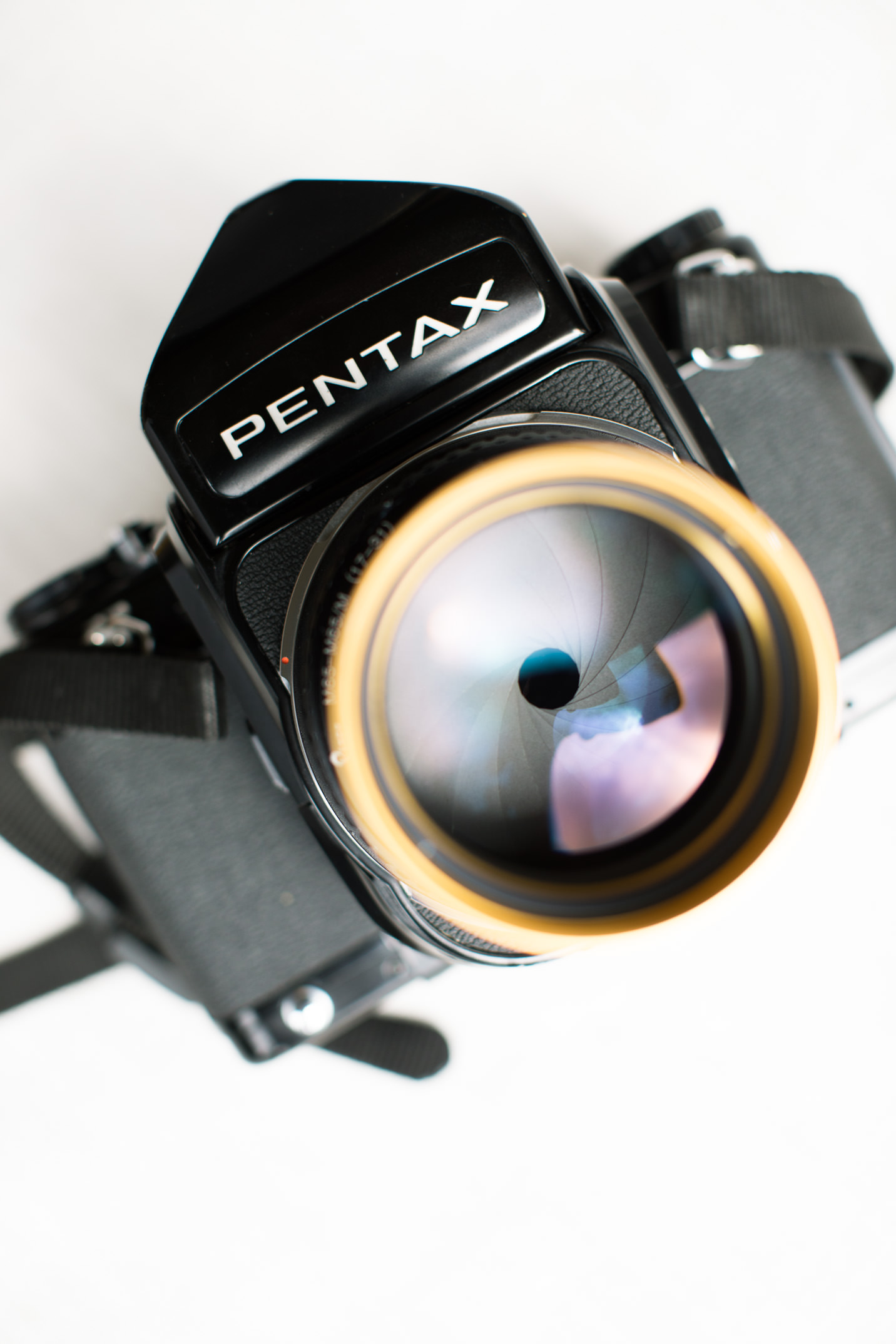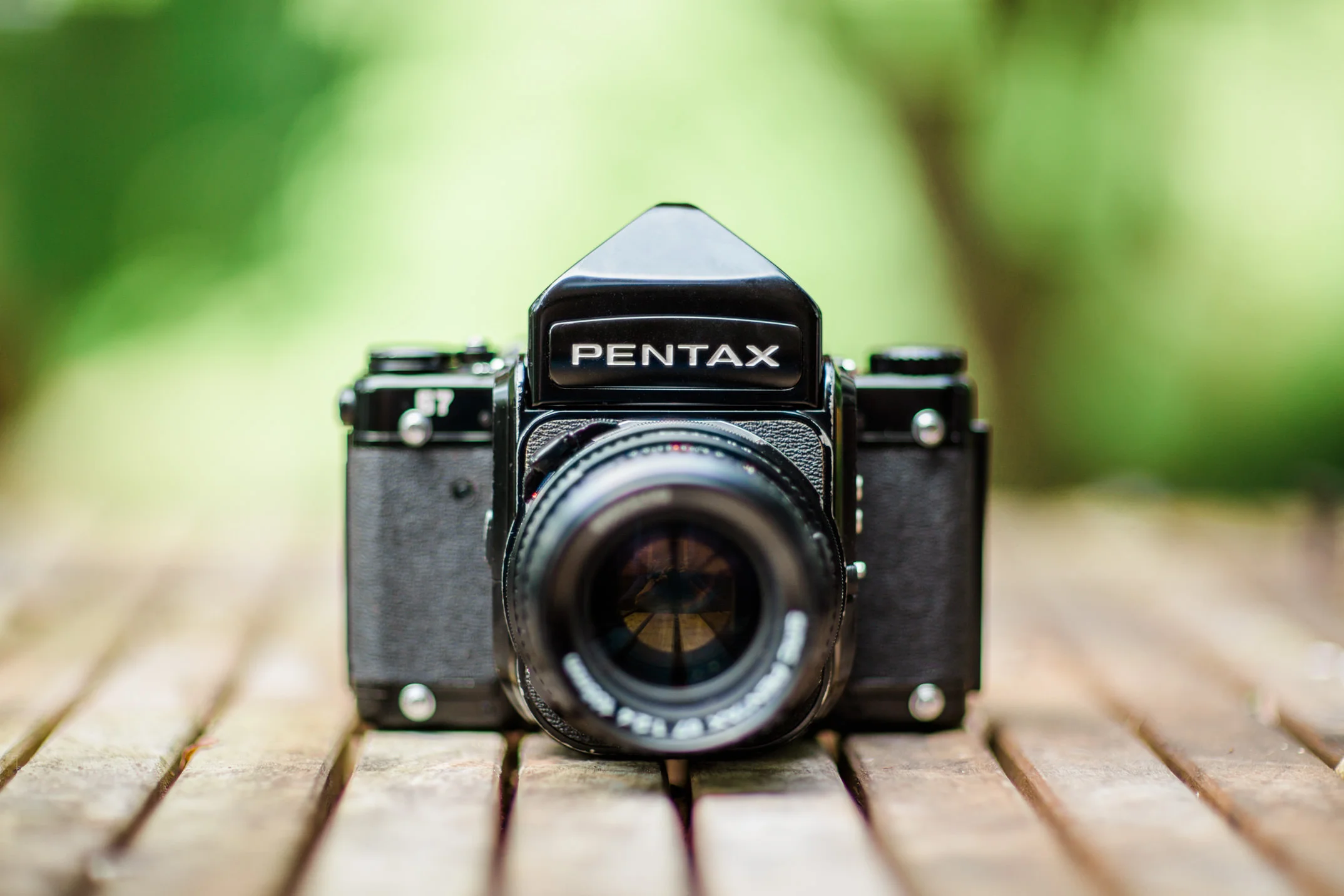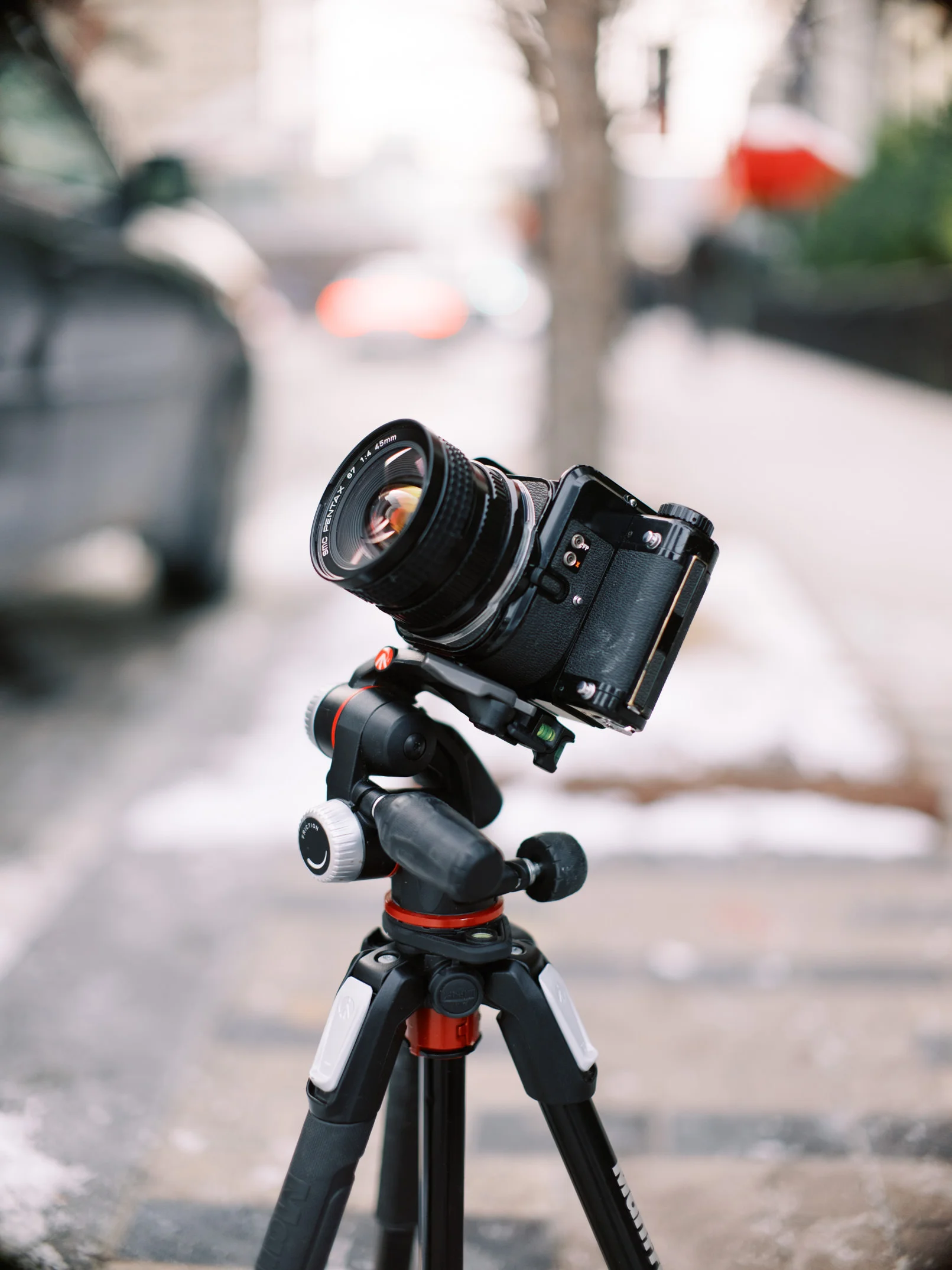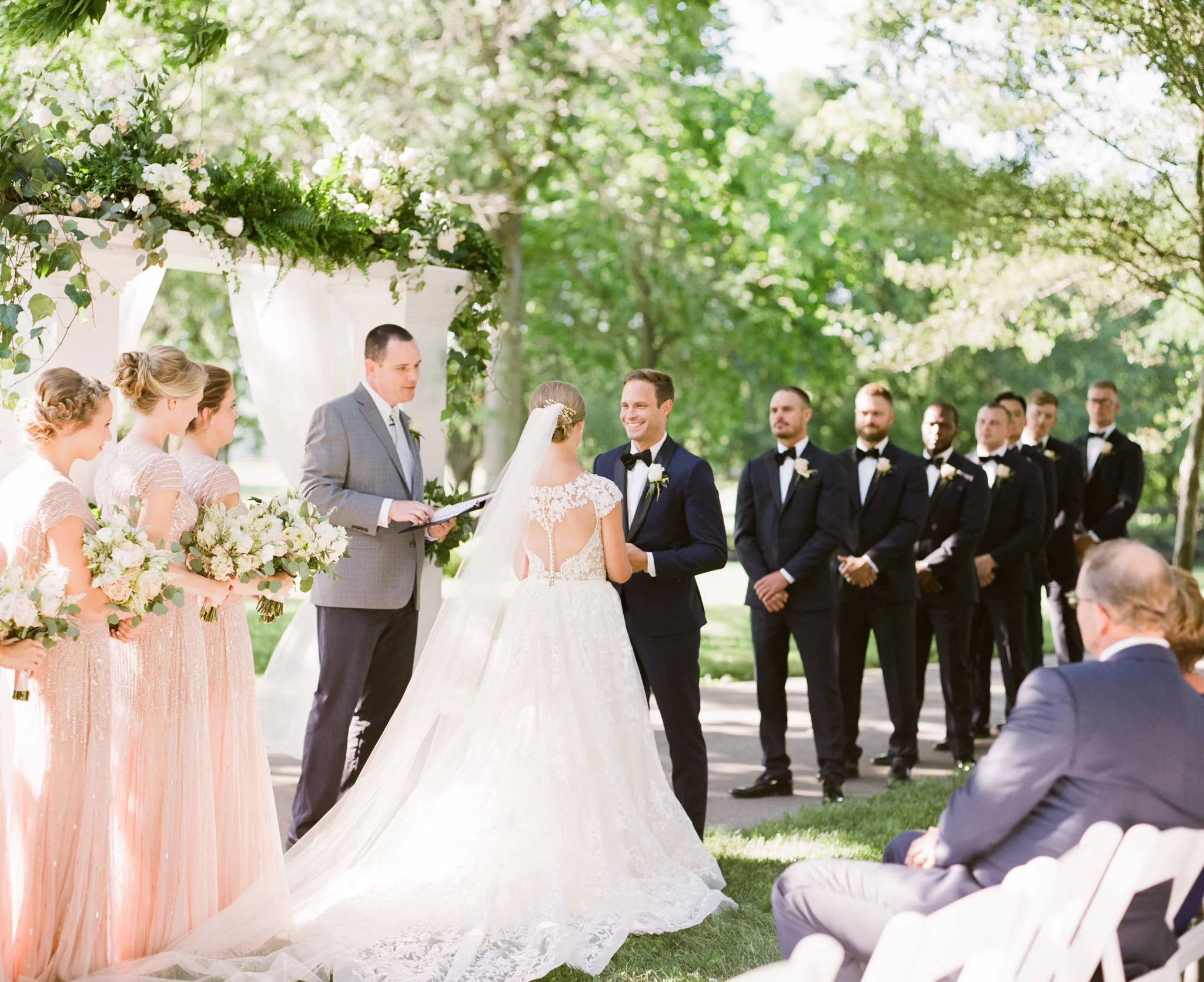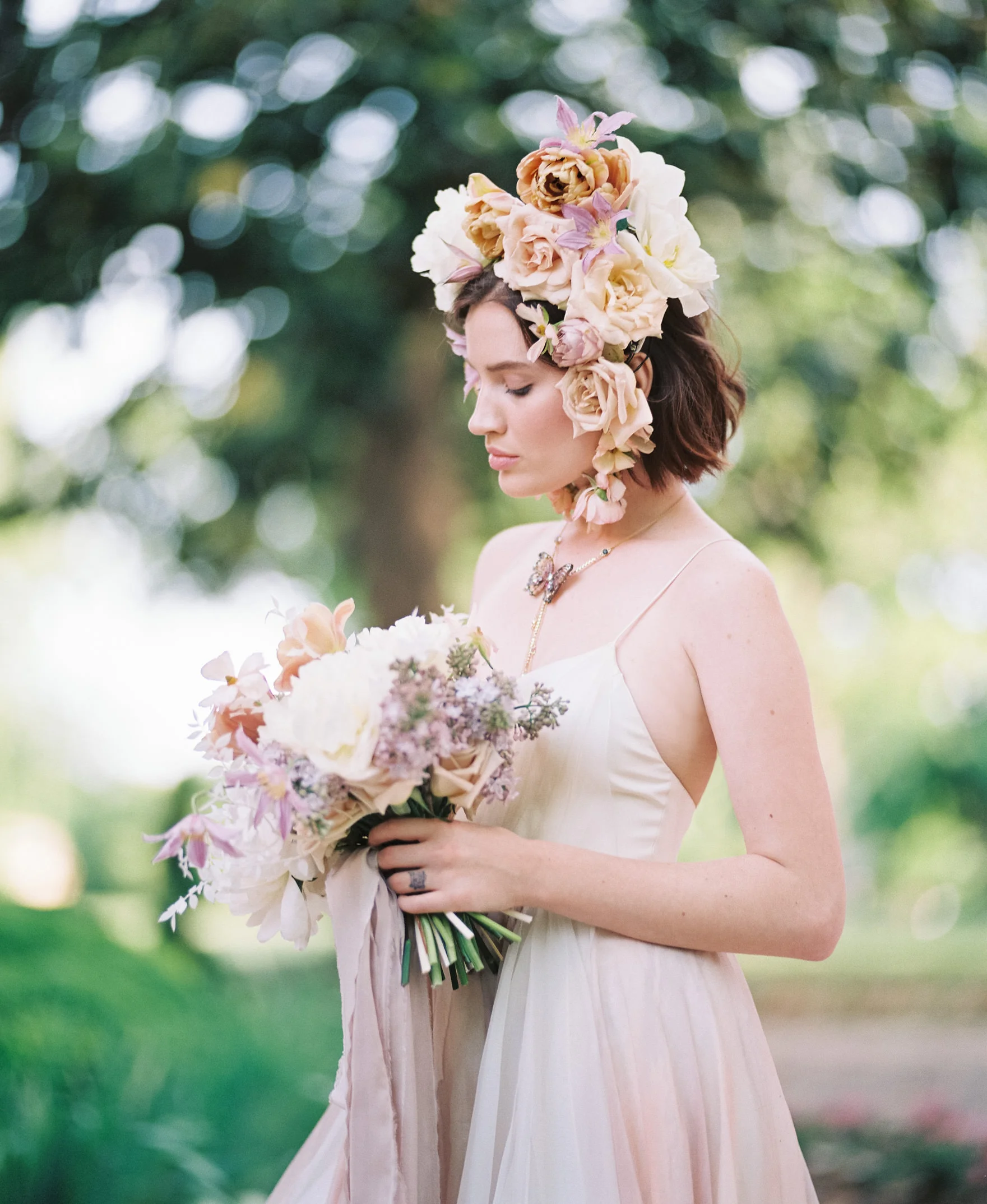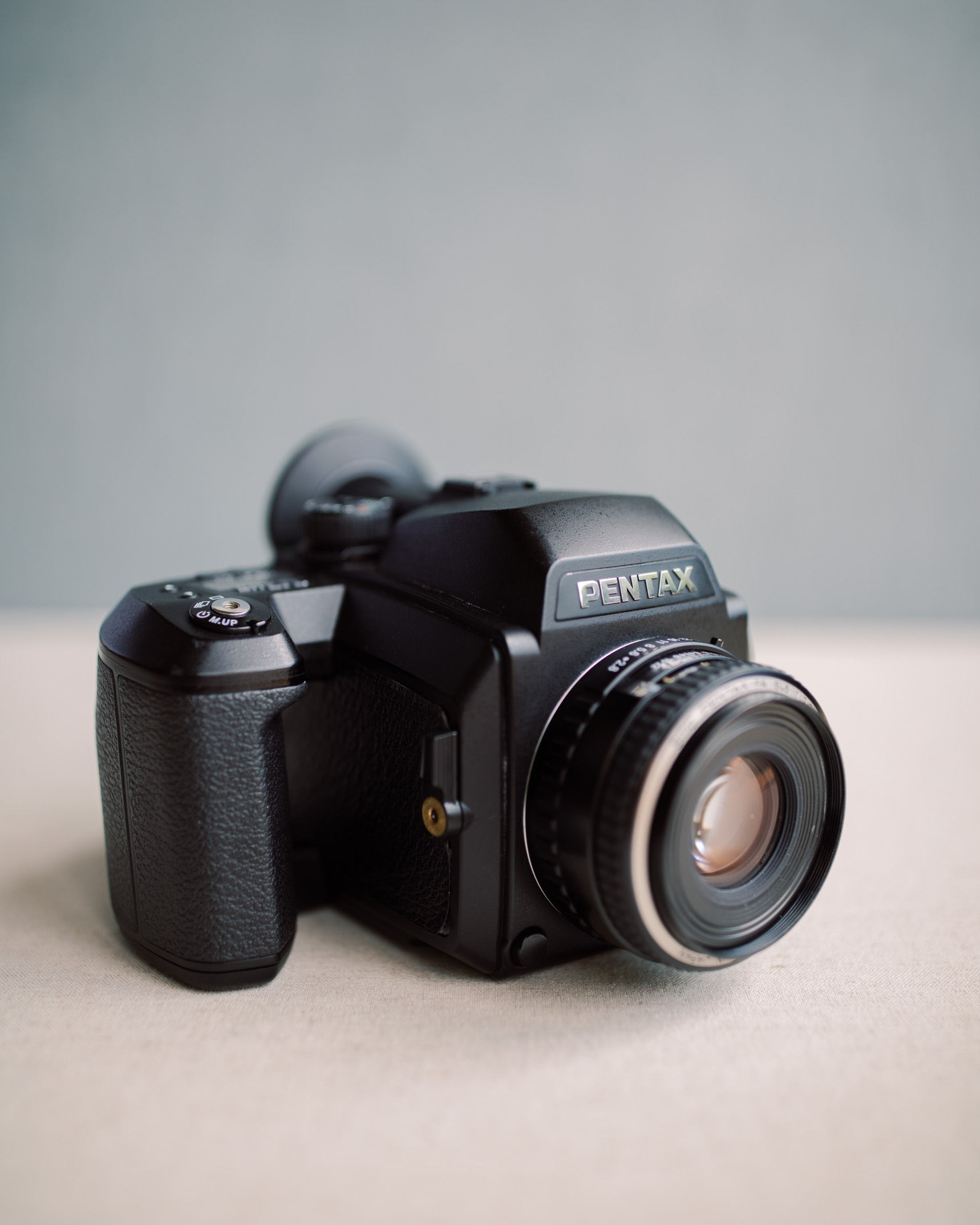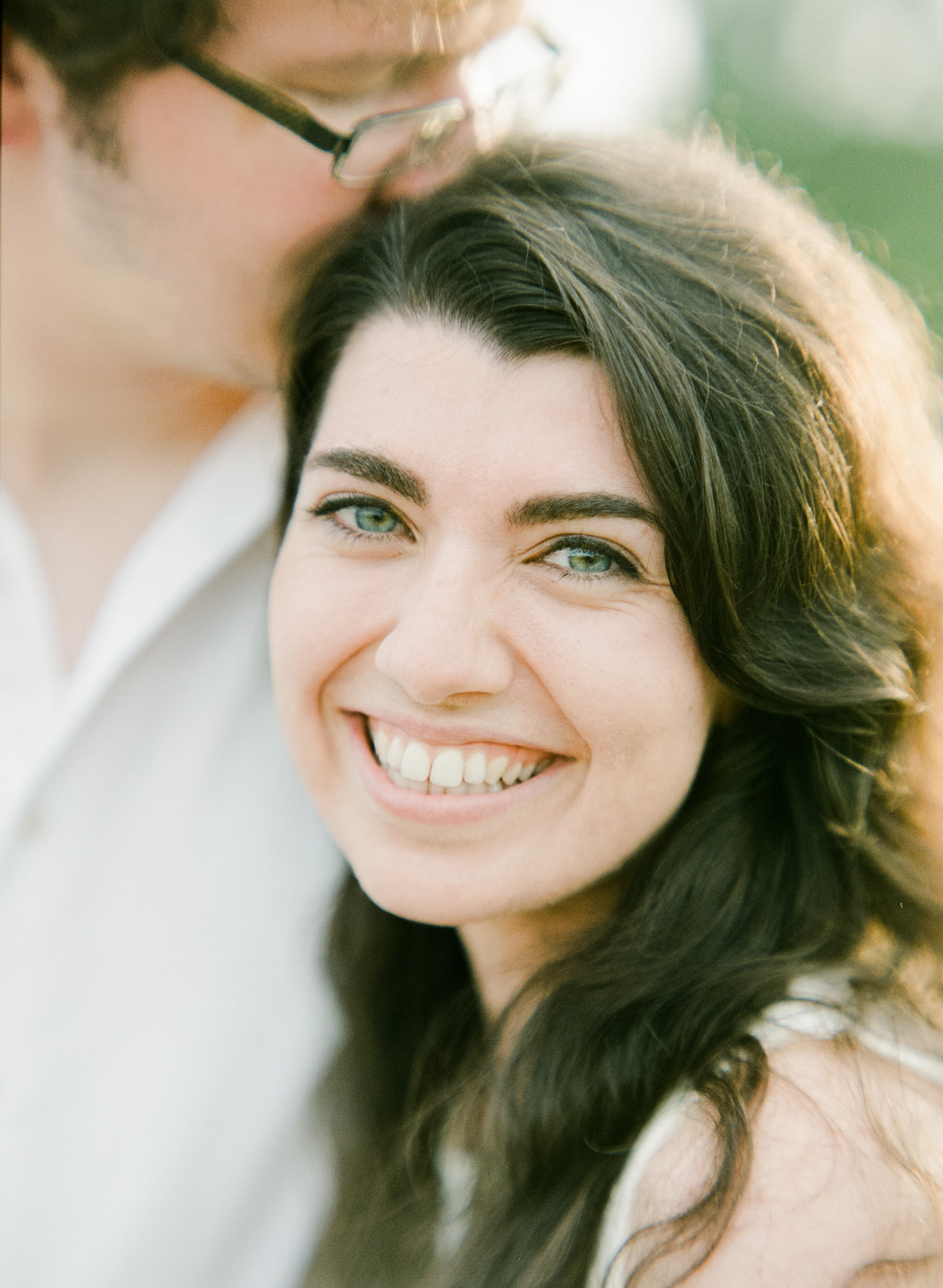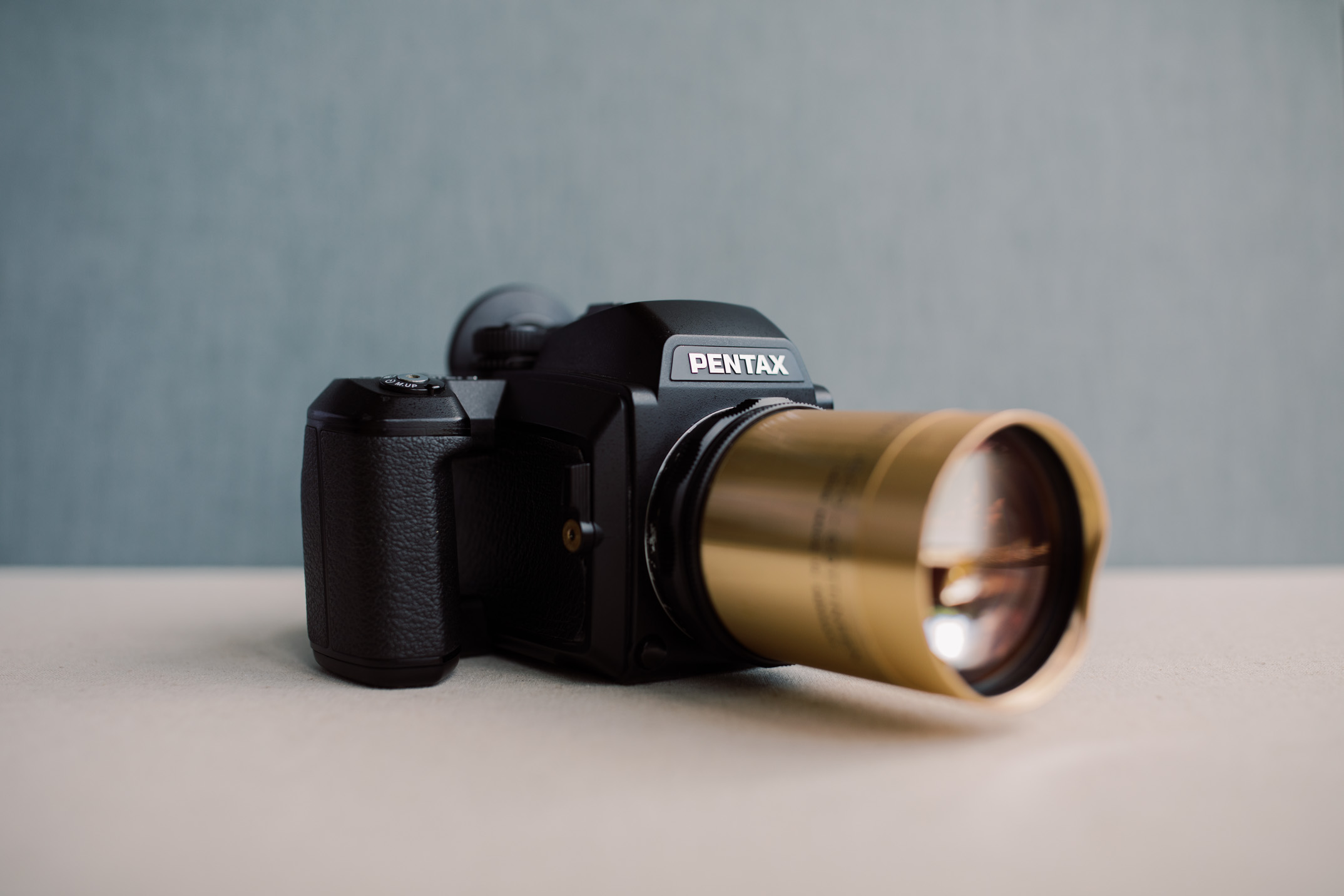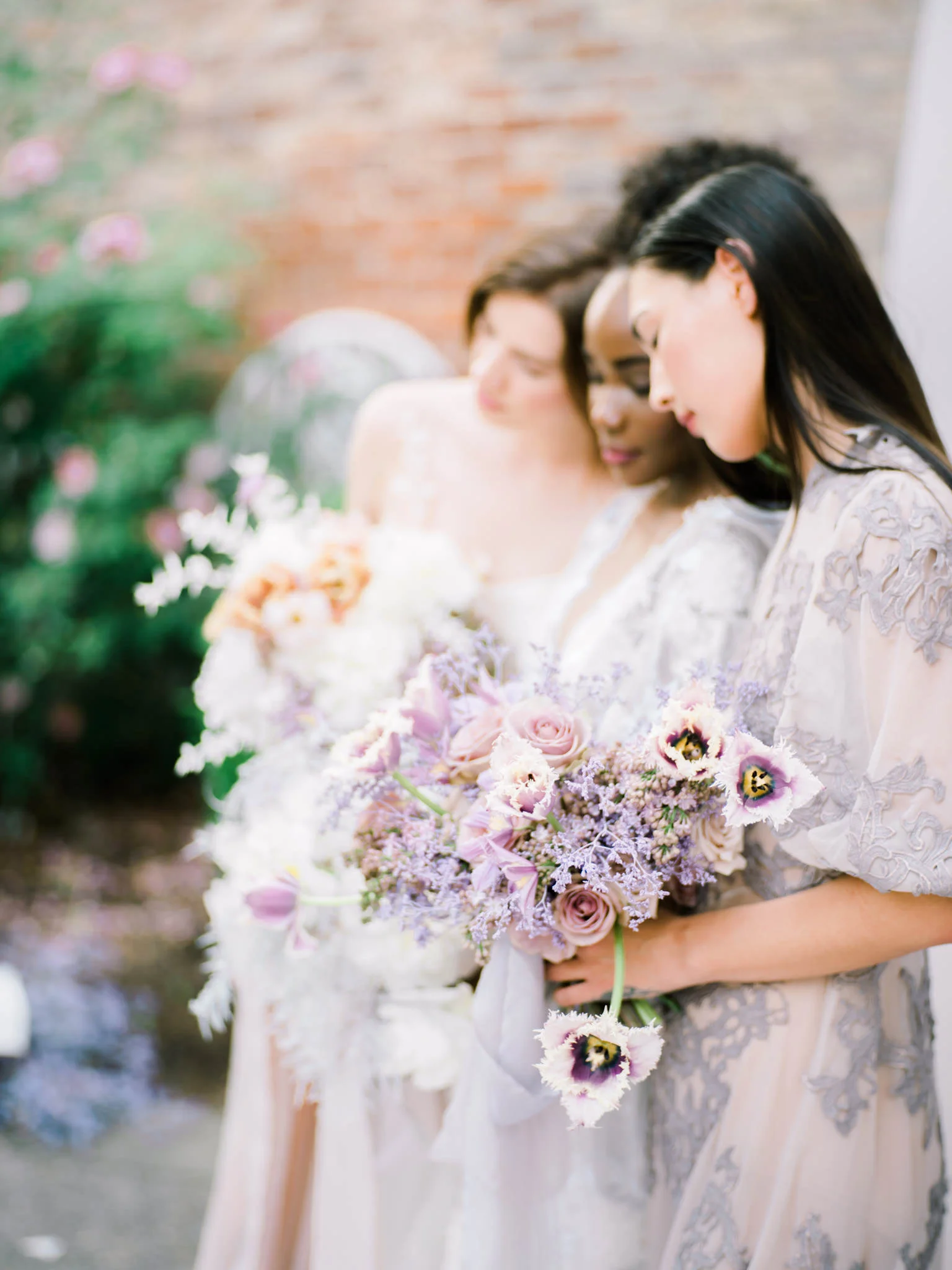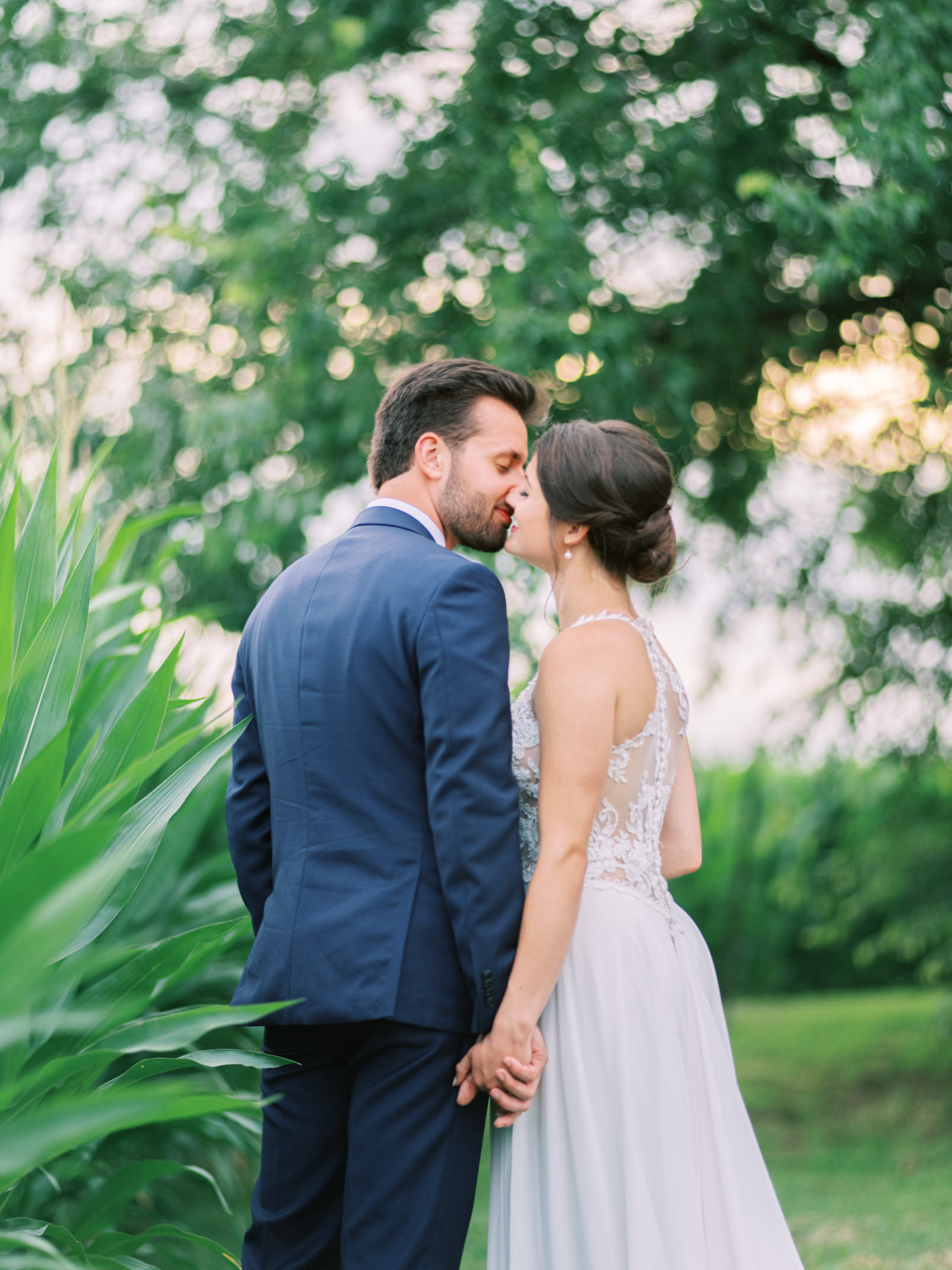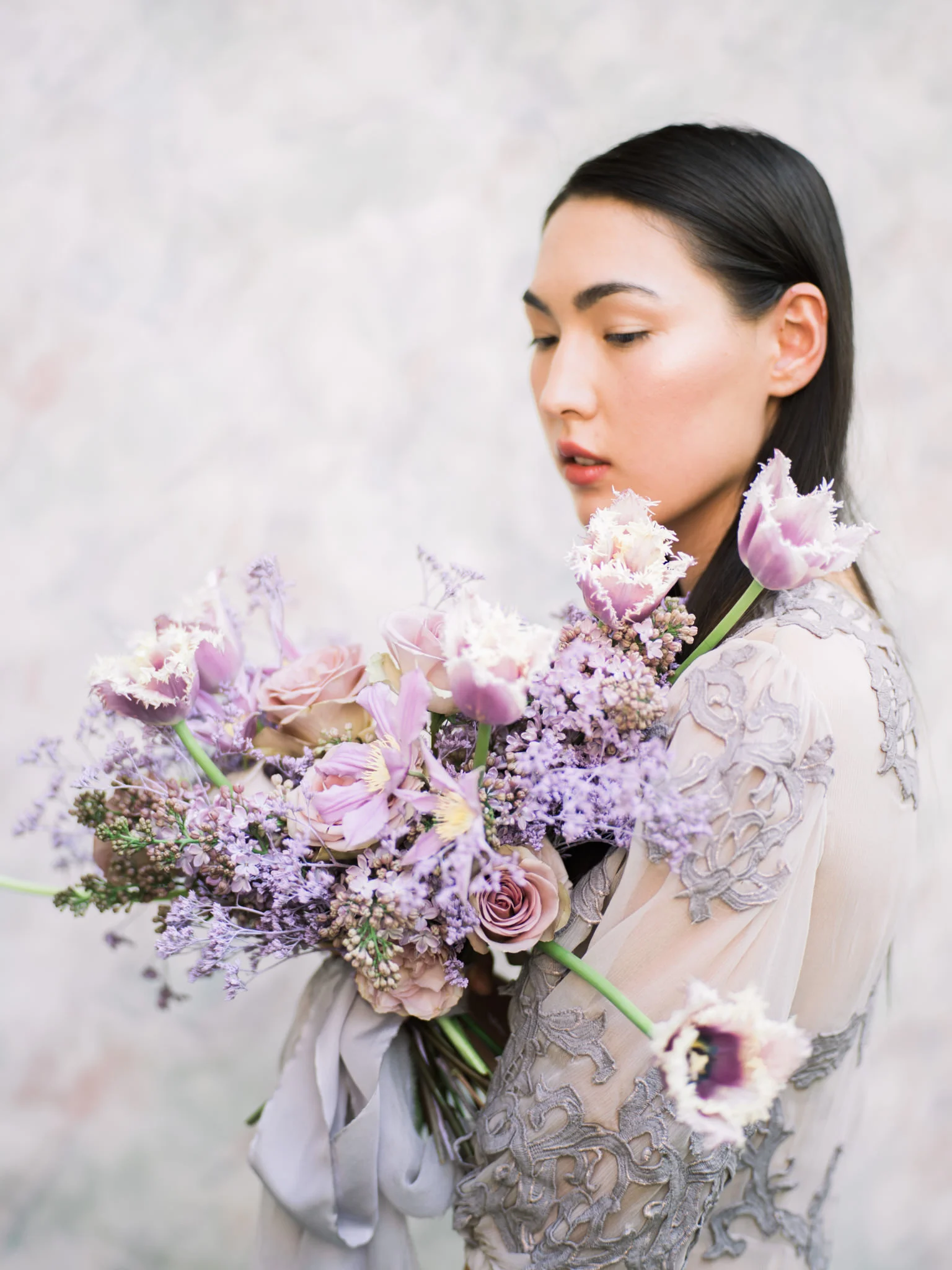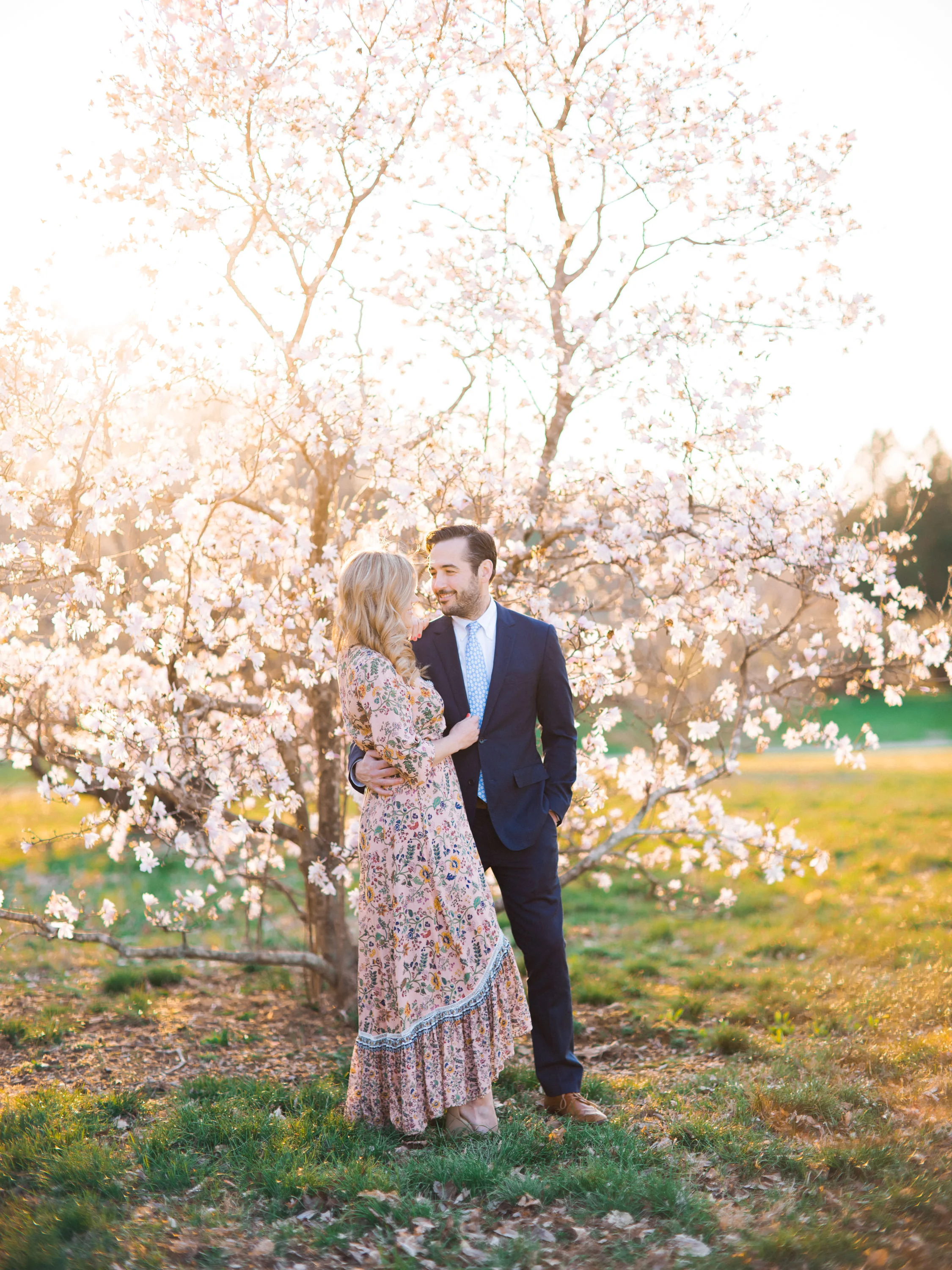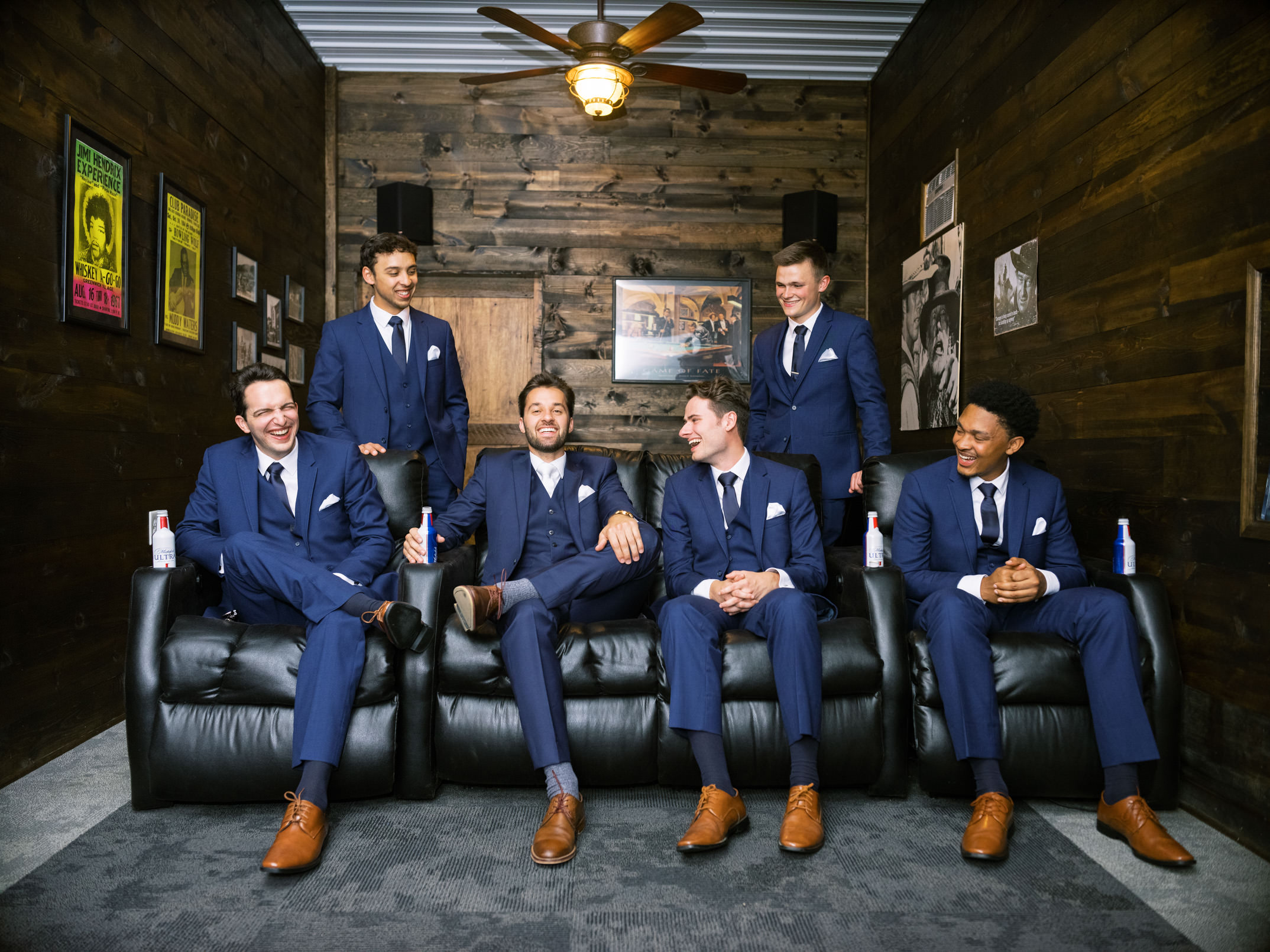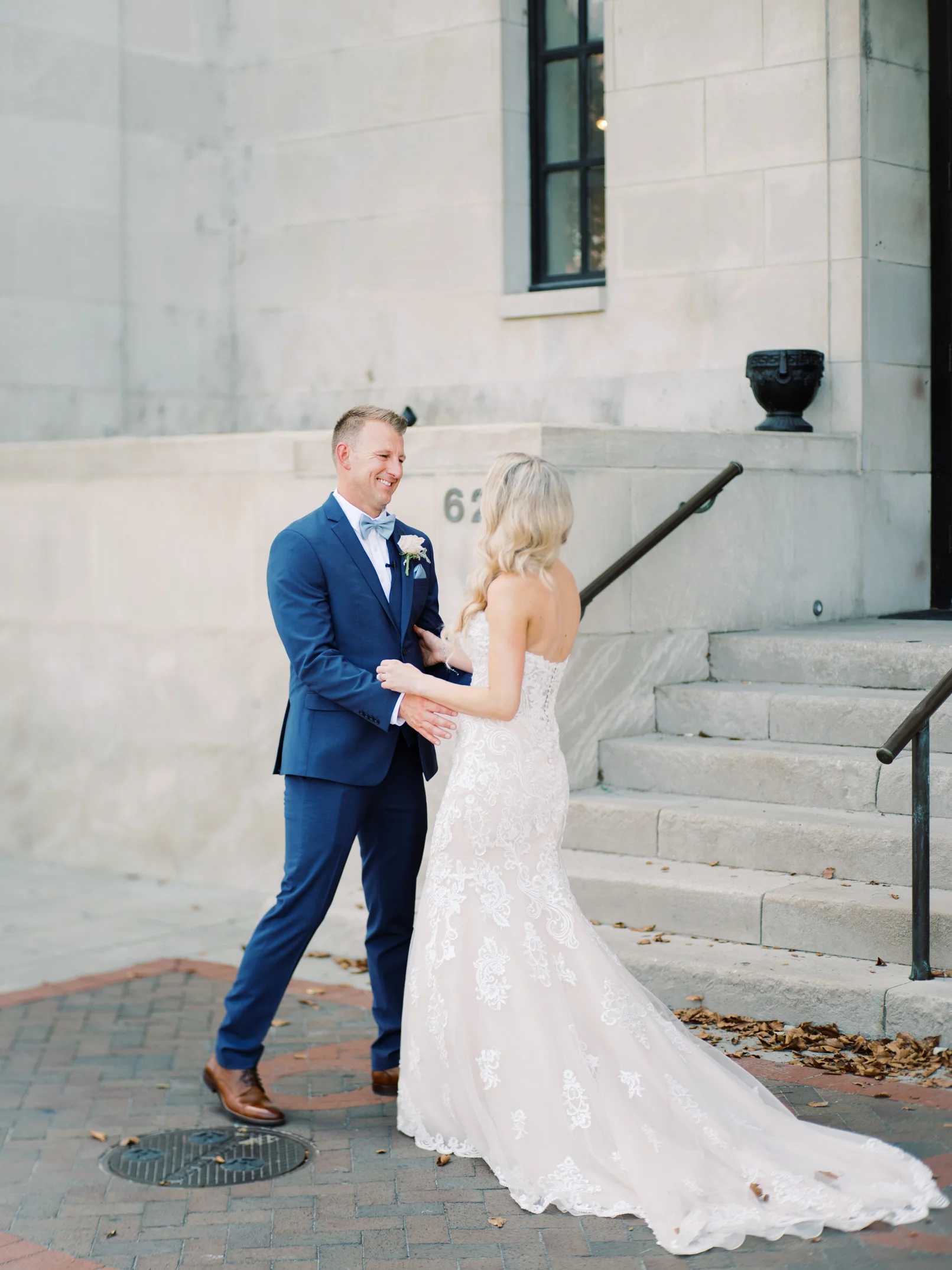As a photographer, your choice of film stock can significantly shape the aesthetic and emotion of your work. Film stocks are like paintbrushes—each one brings unique qualities to your artistry. Whether you're a seasoned pro or just dipping your toes into the world of film photography, understanding the characteristics of popular stocks like Kodak Ultramax 400, Portra 400, and Kodak Gold 200 can elevate your craft.
Kodak Ultramax 400: Versatile and Vibrant
Kodak Ultramax 400 is a fantastic all-purpose film that delivers vibrant colors and balanced contrast. It’s especially great for photographers who want to capture lively, joyful moments with a bit of added punch. Ultramax thrives in natural light but also holds its own in less-than-ideal lighting conditions—think dimly lit indoor scenes or overcast outdoor settings.
Why Choose Ultramax 400?
Rich Colors: Its saturation is perfect for vibrant landscapes, colorful street photography, and the warmth of golden hour portraits.
Flexibility: With its forgiving nature, you can confidently shoot in mixed lighting without worrying about harsh tonal shifts.
Where to Buy Kodak Ultramax 400 35mm
Our top pick for where to buy Kodak Ultramax 400 is Coastal Film Lab. As a full-service film laboratory, they’re knowledgeable, experienced, and have a year of experience. While you’re at it, I’d recommend you send your rolls to them once you’re ready to get scans since they not only sell, but also develop 35mm film.
Kodak Portra 400: The Photographer’s Classic
Portra 400 is practically synonymous with professional photography, and for good reason. Known for its soft, natural tones and incredible skin-tone rendering, Portra is the go-to for capturing romantic, timeless images. This film stock excels in both indoor and outdoor settings, adapting seamlessly to the day’s shifting light.
Why Portra 400 is a Staple
Unmatched Skin Tones: Portra is unparalleled in its ability to render skin tones naturally, making it perfect for portraits and lifestyle photography.
Dynamic Range: Its wide dynamic range allows you to retain highlights and shadows, ensuring that no detail is lost in high-contrast scenarios.
Fine Grain: The fine grain gives your images a polished look, suitable for enlargements and high-quality prints.
Where to Buy Kodak Ultramax 400 35mm
You can find Portra 400 film at Coastal Film lab. They’re our pick for whenever you need to buy 35mm film as well as film developing by a professional lab!
Kodak Gold 200: Nostalgic and Warm
Kodak Gold brings a sense of nostalgia with its warm, golden hues. It’s a film that evokes a vintage charm, making it ideal for those who love a rustic, bohemian, or retro aesthetic. While it’s often considered a consumer-grade film, Gold can deliver stunning results when used creatively.
Why Consider Kodak Gold?
Warm Tones: Its warm bias enhances natural light scenes and golden hour portraits beautifully.
Character: The grain and color profile lend an authentic, nostalgic vibe that resonates with storytelling.
Affordable Quality: Like Ultramax, Kodak Gold is budget-friendly, giving you room to experiment without breaking the bank.
Matching the Film to the Moment
Choosing the right film stock often comes down to the mood and story you want to convey:
For Joyful Energy: Ultramax 400 brings vibrancy to festive moments and colorful scenes.
For Timeless Elegance: Portra 400 offers softness and refinement, perfect for portraits and subtle landscapes.
For Nostalgic Romance: Kodak Gold adds a dreamy, vintage feel to your images.
Tips for Film Photographers
Shoot Multiple Stocks: Carry a mix of film stocks to adapt to different lighting situations and moods throughout the day.
Rate Your Film: Consider overexposing Portra 400 by a stop for even creamier skin tones, or push Ultramax 400 for a dramatic, high-contrast look.
Experiment with Light: Film stocks react uniquely to light, so play with backlighting, open shade, and direct sunlight to discover their full potential.
Practice Makes Perfect: Before an important shoot, test your film stocks in similar lighting conditions to get comfortable with their characteristics.
Final Thoughts
Kodak Ultramax 400, Portra 400, and Kodak Gold 200 each bring something special to the table, and understanding their strengths will help you tell unforgettable stories through your lens. The beauty of film photography lies in its intentionality and artistry, and with these stocks in your camera bag, you’re equipped to create stunning, heartfelt images that stand the test of time.
So, what’s your favorite film stock? Share your thoughts in the comments—I’d love to hear what’s working for you!



